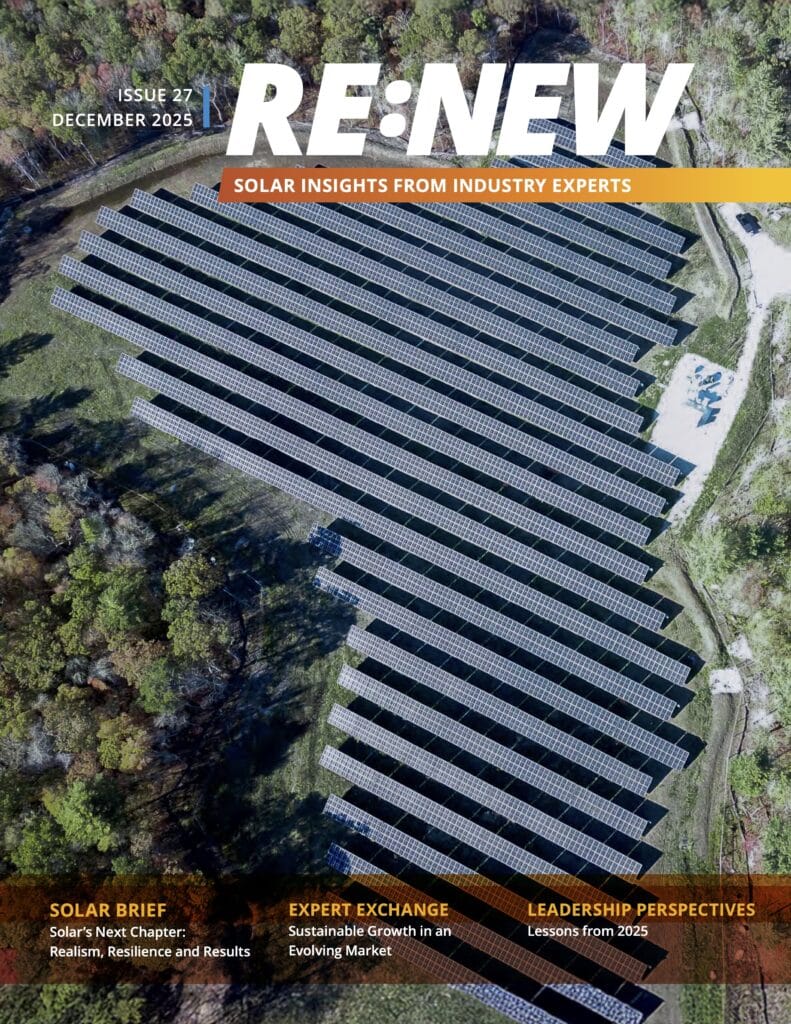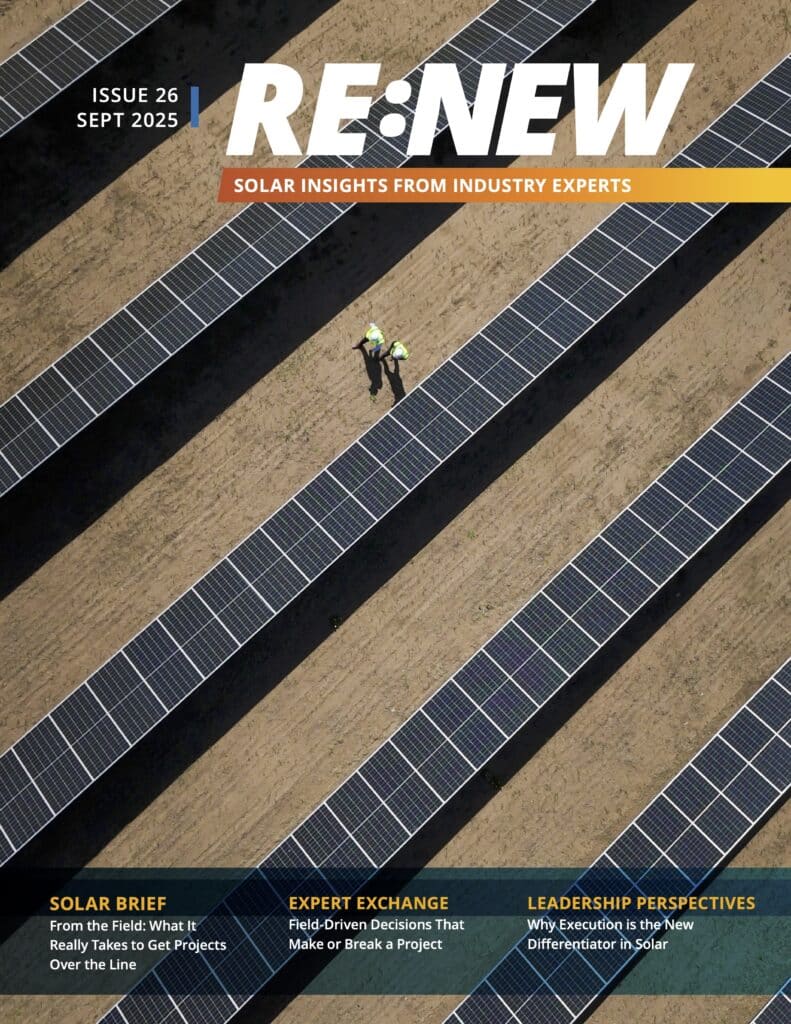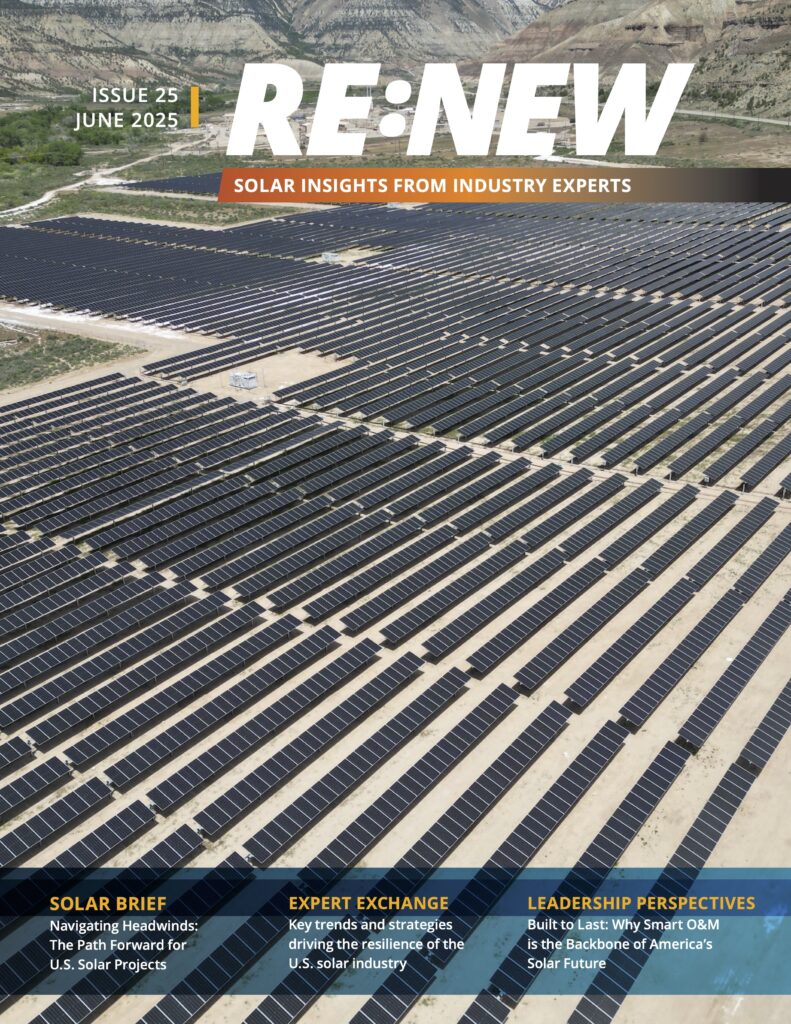In general, commercial owners have one of five options to finance their solar projects: outright ownership, power-purchase agreement (PPA), bank loan, lease or public financing through government-supported programs like property-assessed clean energy financing, or C-PACE.
In this post, we’ll discuss them all and provide an overview on the advantages and disadvantages of each.
Ownership
Owning your own system has clear advantages, from no ongoing cash outlays to third parties and everything about the system is yours.
But there are obvious drawbacks, too. The upfront costs are steep, and businesses looking to own systems often forget about what happens afterward—not only from an operations-and-maintenance perspective but from an asset management perspective, too.
Loan Or Lease
Loans or leases have some of the same advantages (and disadvantages) of ownership. At the end of paying back the loan, the business owns its array, equipment and electricity. The chief difference is that there are few or no upfront costs and the ability to pay off the array over time.
The biggest drawback to loans and leases in commercial solar, however, is finding a financial institution that understands the solar industry in general and the complexity of commercial solar projects specifically.
Power-Purchase Agreement
Under a power-purchase agreement (PPA), businesses provide the land for a solar array owned and operated by someone else and purchase the electricity from the array under a long-term agreement (typically in the 20-25 year range).
It provides the business with an opportunity to monetize often unused or underused space, and there are no upfront capital costs. The only obligation is to purchase the electricity the array produces—and all the post-construction obligations are held by a third party.
There are few downsides to a PPA for most commercial enterprises, which is why it is one of the most popular commercial financing options in the market today.
C-PACE
C-PACE stands for commercial property-assessed clean energy financing, which is a little known but rapidly growing option for commercial businesses that want to upgrade their buildings with renewable energy options (like solar) or do other environmentally sensitive improvements like energy efficiency.
Under C-PACE, business install solar on their property and pay for the system through property taxes, removing the challenge of upfront costs and allowing companies to pay for the system over time through their property taxes.
There is no one-size-fits-all commercial solar financing solution, but doing business with a company that has the flexibility to do more than one of the above-listed mechanisms above or design a hybrid option specifically tailored to your needs is likely your best bet.
For a primer on commercial solar financing, download our FREE eBook: Commercial Solar Financing – The Definitive Guide
More Recent Blog Posts
Delivering on Our Promise: 2025 in Review
December 11, 2025
Scott Wiater · 3 min read
How Student Health Unlocks School Energy Projects
December 3, 2025
Standard Solar · 4 min read
The Remarkable Growth of Community Solar in the District of Columbia
October 22, 2025
Standard Solar · 2 min read
Navigating a Solar Market in Transition: Takeaways from RE+ 2025
September 26, 2025
Megan Byrn · 3 min read





Share